Social media has completely revolutionized the way we document our lives. Scrolling through an Instagram feed you have dinners made, sunsets watched, and outfits worn. We’ve seen the social media pendulum swing both ways. At one point photos were taken in the app, in that very instant. At the other end, our posts were over-curated, in an anxiety-inducing hellscape. My current feed feels somewhere in the middle. People see a beautiful thing and document it, but they also have the ability to see the beauty in what is their everyday. A person’s social media now tends to feel more like a documentary of their life as opposed to a drama.
The development of the iPhone changed photography and video as we knew it. The first iPhone released in 2007 had only a rear camera that was a whopping 2 megapixels. The effectiveness of the camera was nothing to call home about, but the fact that suddenly photography became accessible in a way that it had never been before, is.
Suddenly people were saying, “everyone has a camera in their pocket.” Because it was true. There were no bells and whistles. You didn’t have to learn the ins and outs of photography to be able to take photos. You simply had to pull out your phone. Suddenly cameras were on iPods, Nintendos, and computers. The years went on and the cameras got better, and people had the ability to document it all, so they did.
Of course that was met with some pushback. Photographers hated iPhones and older generations hated social media. The pushback for young people who were itching to step into this new way of life was inescapable. You can still hear the faint whispers of fathers and mothers everywhere saying, “all you do is look at your phone,” while forgetting they also benefit from it. For Facetime, for photos of their grandchildren, and for staying connected. As we moved out of the ‘00s into the ‘10s and now the ‘20s the complaints that arose in the wake of every new development were the same. The generations that now had social media and smartphones were all narcissists looking for their 15 minutes of fame.
Younger generations couldn’t do anything exciting without taking out their phone. All they did was look down at it. They couldn’t live in the moment, they took too many selfies, no one wants to work anymore, blah blah blah. There’s a lot to unpack but for the sake of the newsletter, I will address one idea: that it’s a fault to be compelled to take photos.
To set the record straight—I believe we should be allowed to take photos or videos on everything including iPhones. I don’t believe in limitations in that regard. Accessing art and the ability to create it should be the easiest thing a person can do if they desire to. Shutting down a way for people to express themselves as an artist feels like turning our backs on the person we once were. I would have never become a photographer if I wasn’t granted access thanks to my high school, my iPhone, and my Instagram.
Am I the Michaelangelo of photography? No, but being the best shouldn’t be the basis for which we allow people to partake in the experience. Joy should be the foundation of it all. If you gatekeep that type of pleasure, then you’re just creating an environment in which art never evolves. Change is good. People pull up hypotheticals a lot like—Should an iPhone photo be put into the MoMA? Well, depends on how good it is.
The idea of self-interest isn’t new, it’s just more public than ever. The rich used to sit for hours to get their portrait painted—that’s art. But the simple act of taking a photo of a beautiful sunset on an iPhone becomes the core issue with society. It’s the people who only consume art and never make it that don’t get it. The people who only critique, the people who feel superior because they get to access great art all the time. They turn their nose up at people who enjoy the simple pleasures and beauties of life. They tell themselves they get to decide what art is for the rest of the world. Yet very few people are actually listening. I urge people to have a little humility. We know a 30 under 30 painter is making art, but the sun is setting and let’s not forget it.
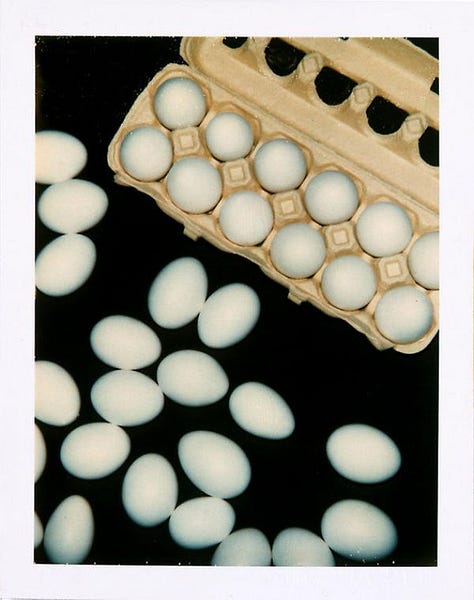
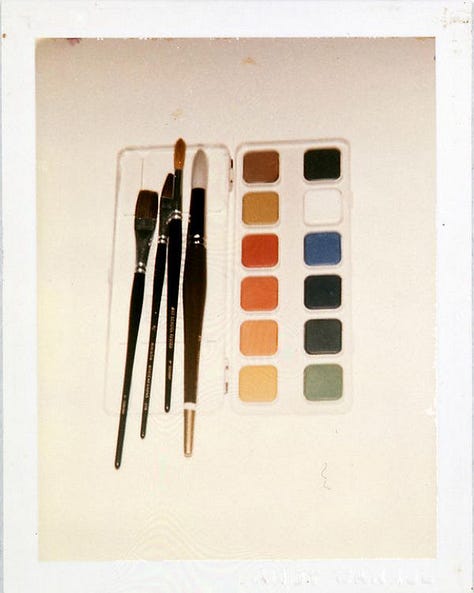
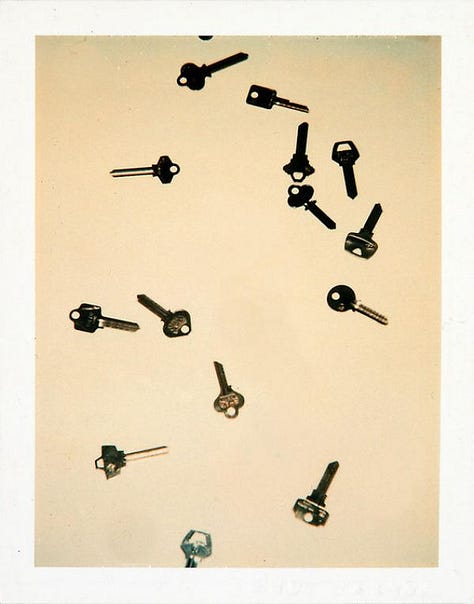
I have a skewed perspective maybe. I am a documentary photographer. I tend to want people to like the things that I like so badly, that I become like one of those old late-night ShamWow commercials.
THIS IS GOING TO CHANGE YOUR LIFE!
The stakes are never that high, but part of me still thinks it’s true. Mostly because this idea that documenting the everyday is not even close to new. There are so many photographers who took the time to capture what is normal. In an old vlog, I talked about applying to art school by talking about Andy Warhol’s Polaroids. My application was horrendous but this was maybe the only thing that got me into FIT. I was adamant about how interesting it was, to document celebrities, things, and life in a way that felt more like taking inventory than anything particularly emotional. But I said what interested me the most, was this display of noting things in a simple instant and quick catalog way, as if we needed to see them exactly as they were—forever.
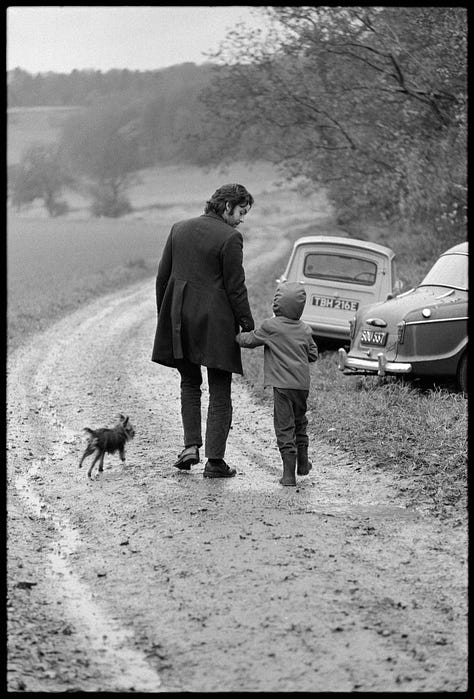
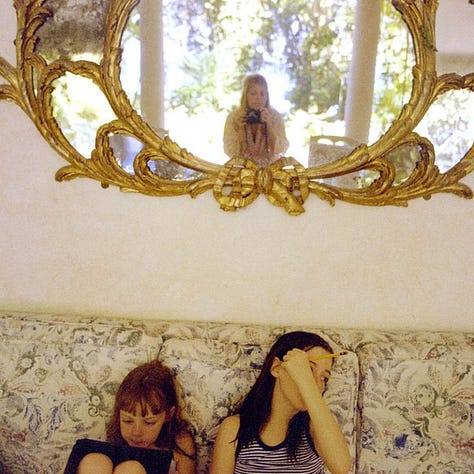
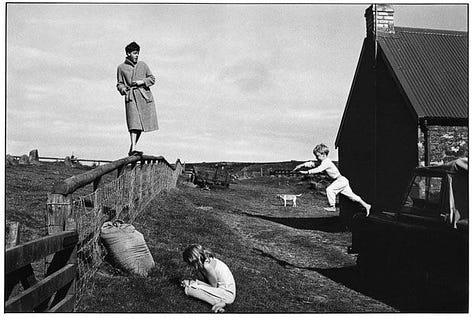
But there are also people who capture their normal life in a very emotional way. I think about Linda McCartney who documented her family and although they would later become famous (excluding Paul McCartney who was already famous), the images don’t rely on who they are. They are successful because they tell us more about what it means to be within a family. We see children playing in fields, sitting at the table, on their father’s shoulders. This is what it means to be together. There is beauty in this normal life. We are a famous family and yet what is most interesting is what everyone gets to experience.
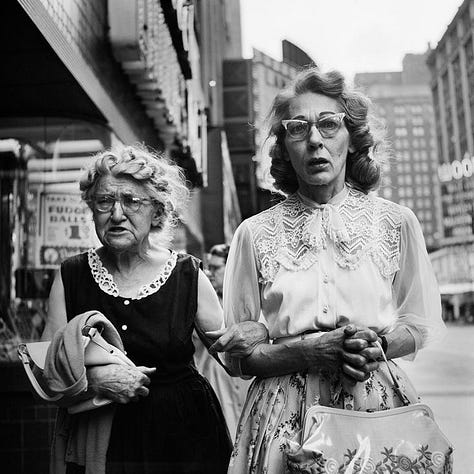
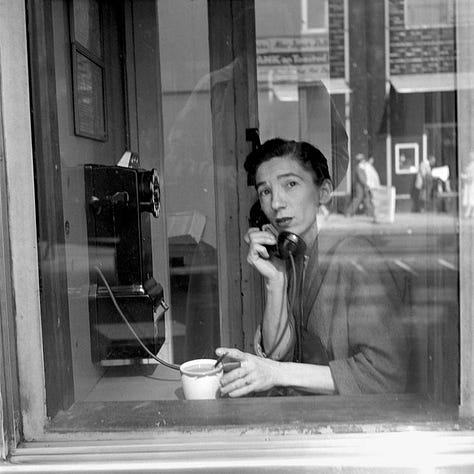
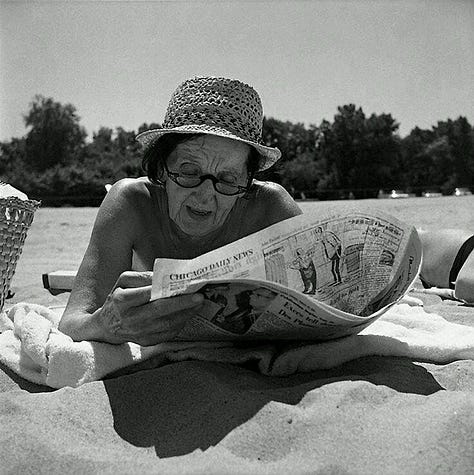
Or take Vivian Maier the lost photographer whose photographs capture so much street life. The things she documented are often passed over, or at least seen so frequently it would have just been life as she knew it. What was worthy of her attention seemed to be almost anything. Children playing on the street, a woman lying on a towel. Neither of these scenes presented are anything out of the ordinary. It’s not something we have to see to believe. But I think that’s the best part of it all. That we don’t have to be in the world’s largest cities, or at the best parties, or the finest museums to see beautiful things. We can simply step outside and find them.
These are two famous photographers, but that doesn’t mean the everyday photographer who documents nothing in particular is not important. People who take photos of book stacks, wine glasses, and sunlight for Instagram are important. You may not believe it but it’s true. You are not just documenting your life but you are capturing a history that would otherwise be forgotten. When we look at old photographs we marvel at the fashion trends, the buildings, the cars. Just because your photographs are not old, does not mean they have any less value. The everyday photographers, documenters, and writers of diaries, give insight into the thread of humanity between us all. When we look at history and find girls and boys who had the very same experiences, birthday parties, weddings, and doodles, we get to feel close to people we never met. That is what it is really all about. The connection between us all. To document and to share is to say please live life with me.
Documenting is crucial if that’s not registering.
People are going to laugh at you for everything, give them something to really laugh about. I personally don’t get the joke. I don’t understand the shame around people photographing their lives. When everyone hoots and hollers over someone taking a photo of avocado toast I just don’t find a bit of humor it in at all. I find it essential. There is this stigma around wanting to share your life, to remember it. To post on social media to send photos to your friends. To clog your camera roll with images of your dog. You are brainwashed, idiotic, foolish. Narssisist is written across the sky and a big old arrow points down to you, “how could they film/photograph like that? It is so embarrassing!”
Is it? Or are you just too afraid to be caught caring about your life? Your experience? Are you just ashamed that some people are not afraid to do what you so desperately wish you had the guts to do? No, I most certainly am not laughing.
So what does this all whittle down to? This newsletter I mean. It means your life is worth something. Important people are well documented, but normal people? The ones who really know what is going on? We have to take note of our lives or no one else will. We should want to remember it too. You should want to remember the good food you had, the bike ride you went on, and visiting a new place. People are in this foolish belief that life will always be the same but it won’t be and we can’t take it for granted. For every 1 person who laughs at your fascination with living, there are hundreds of others just like you. Who want to see whatever small joy you can get out of this long life. Please—I am pleading with humanity. Take the photo. Stop in the middle of the street, cut me off if you must. Remember your existence. The things and people we see every day, believe it or not, are actually worth noting more than anything else.
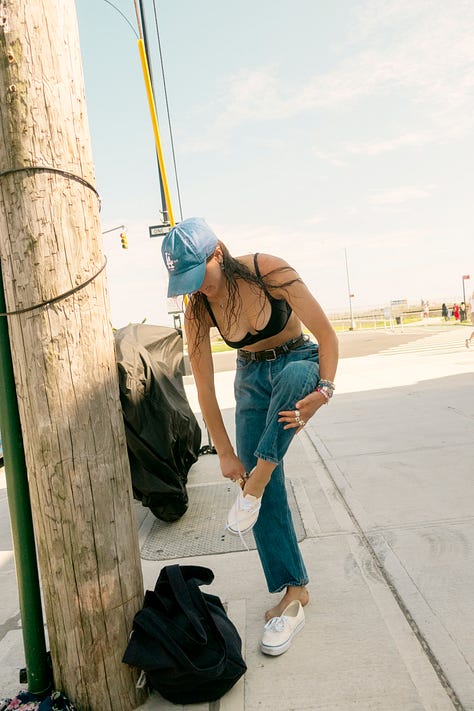
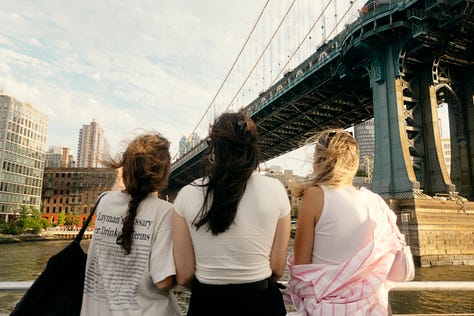
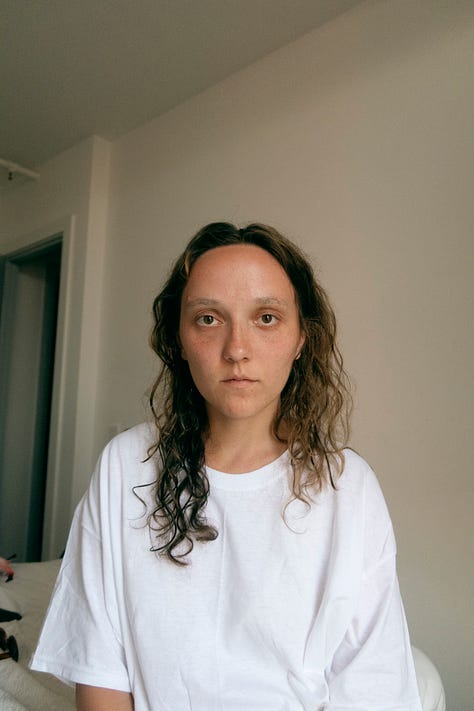
I walked by girls while I was filming with my camcorder and they turned towards each other and said
“VLOGGER!” as if that was a mark of shame. I’ll say it— I care. I care that I am eating a really great meal, I care that I am seeing my friends who I see once a week, I care that the sunset is beautiful, I care that I am reading a book in the park, I care that I am alive. I care enough to capture it and I care enough to share it marking it into my social footprint forever. I am not embarrassed to be that person. If that makes me a narcissist then okay I will add that to my resume, and my CV, I will tattoo it on my lower back. My Shamwow commercial will begin with, “I CARE!” and people can call 1-800-NARCISSIST to order their care packages. I don’t think any of my usage of modern technology, social media, or fascination with my inner world makes me a bad person. I think it makes me human. In many years when I am old and I look like Keith Richards, I will have proof that my life mattered to me. If you can’t see the importance of that then you never will. In Marie Antoinette style I say let them laugh because, in the end, the people who took the photos will be the lucky ones anyway.






this was incredible ava, thank you. im going to be one of the lucky ones shamelessly documenting every moment i care about from now on
This is the most therapeutic piece of writing I have read in years. Thanks so much Ava, it is beautifully written xx